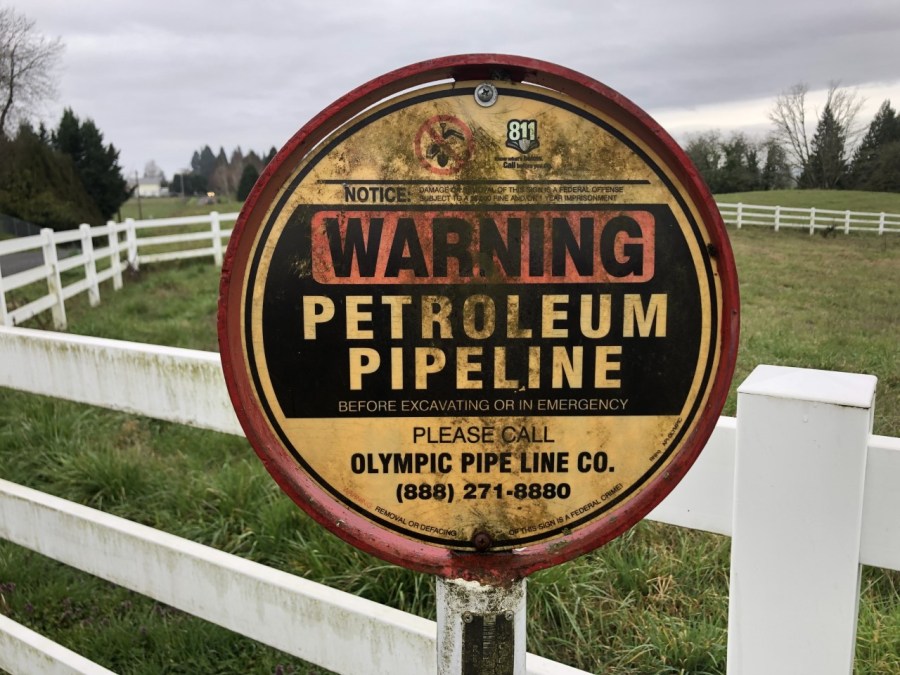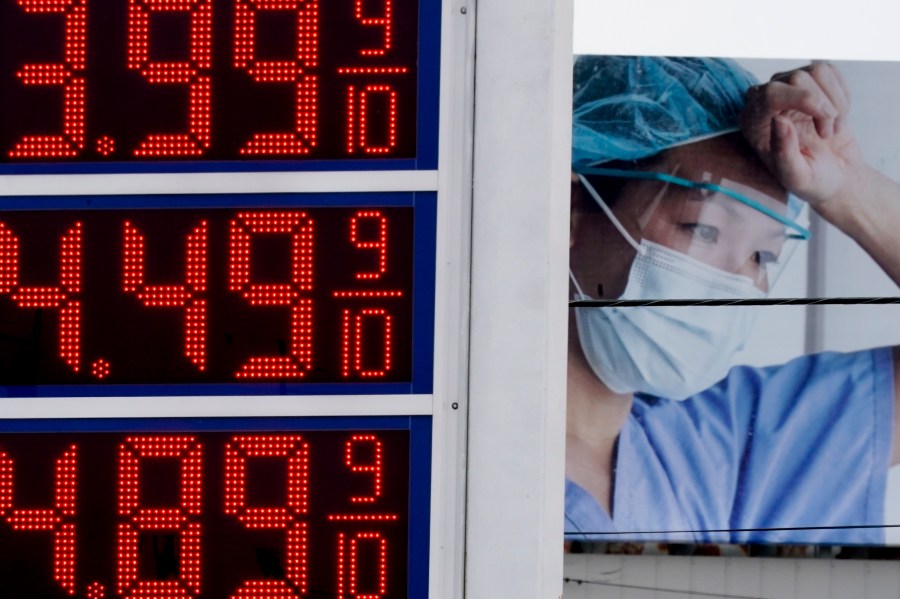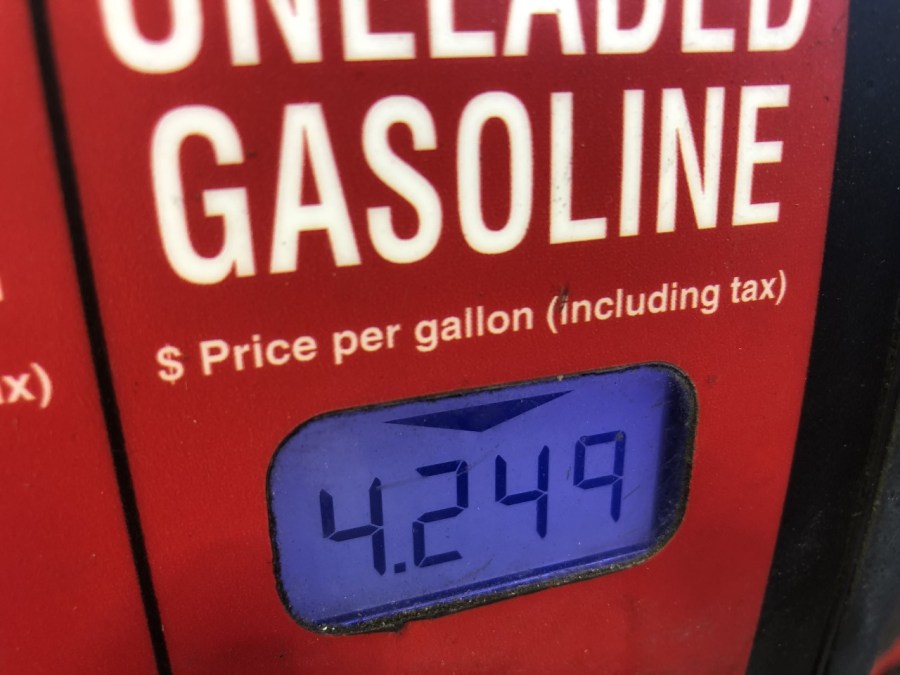PORTLAND, Ore. (KOIN) — Regardless of how the economy is doing, the Pacific Northwest usually has higher gas prices than almost every other state. There are very specific reasons why and they are difficult to change.
The primary factor for relatively high gas prices in Oregon and Washington had to do with limits on the fuel supply infrastructure.
Drivers in Clark County west of I-5 see signs warning the Olympic Pipeline is buried underground. After traveling under the Columbia River, the pipeline reaches tank farms in Northwest Portland on the Willamette River. That’s where 630 storage tanks hold 90% of Oregon’s petroleum supply, including gas, diesel and all the jet fuel for Portland International Airport, according to a study for Multnomah County and the City of Portland.

It’s where tanker trucks fill up and carry fuel to gas stations across the region — and there is little alternative.
“There’s not enough refining capacity to meet demand in the West Coast. So not only are prices elevated often in Washington and Oregon, but California as well,” said Patrick De Haan, the head of petroleum analysis for GasBuddy.
The petroleum comes from refineries near Bellingham and then is pumped south to Portland. There are no other pipelines on the west side of the Cascades. Though there are pipelines on the east side, they don’t cross the mountains to bring fuel to the west side.
“There’s essentially no relief valve,” De Haan said. “If a refinery does encounter a problem, there’s no other refinery to pick up the slack. Products then have to start flowing in from Asia if there is an issue and that can take weeks.”
Gabriel Zirkle, the president of the Oregon Fuels Association, said, “We’re a bit of an island unto ourselves.”
KOIN 6 Gas Tracker
Gas taxes are another factor in the high pump prices. Washington has one of the highest gas taxes in the country at 49.4 cents-per-gallon. Those taxes are how the state has funded many recent highway projects.

Oregon has, by comparison, a much lower gas tax — 38 cents-per-gallon. That’s one reason Oregon has a harder time funding highway and bridge improvements.
However, Oregon’s pump price is close to Washington’s largely because of Oregon’s ban on self-serve gas. Stations need employees to pump gas for drivers in Oregon and have to charge more at the pump to cover the labor cost.
On top of that, 35 cities and counties in Oregon add their own tax.
“Portland a couple years ago adopted a city ordinance tax for gasoline at 10 cents a gallon,” Zirkle said.
If the Northwest wanted to lower prices overall, the states would need to decrease demand or increase supply, the latter De Haan believes won’t happen.
“I highly doubt it. There’s just not a will for anyone to do it,” he told KOIN 6 News. “I mean, the West Coast is arguably probably one of the most left-leaning areas. And as a result, environmental restrictions, red tape that’s probably the last place or refinery would look to expand.”
The Northwest can’t get gasoline from California because California uses its own cleaner fuel blend.
Zirkle also points out the higher fuel prices also drive the transportation costs to haul fuel around the Northwest. He also said the wages of truck drivers that haul fuel have gone from $22 to $40 during the labor shortage. The added expenses are passed on to the consumer.

